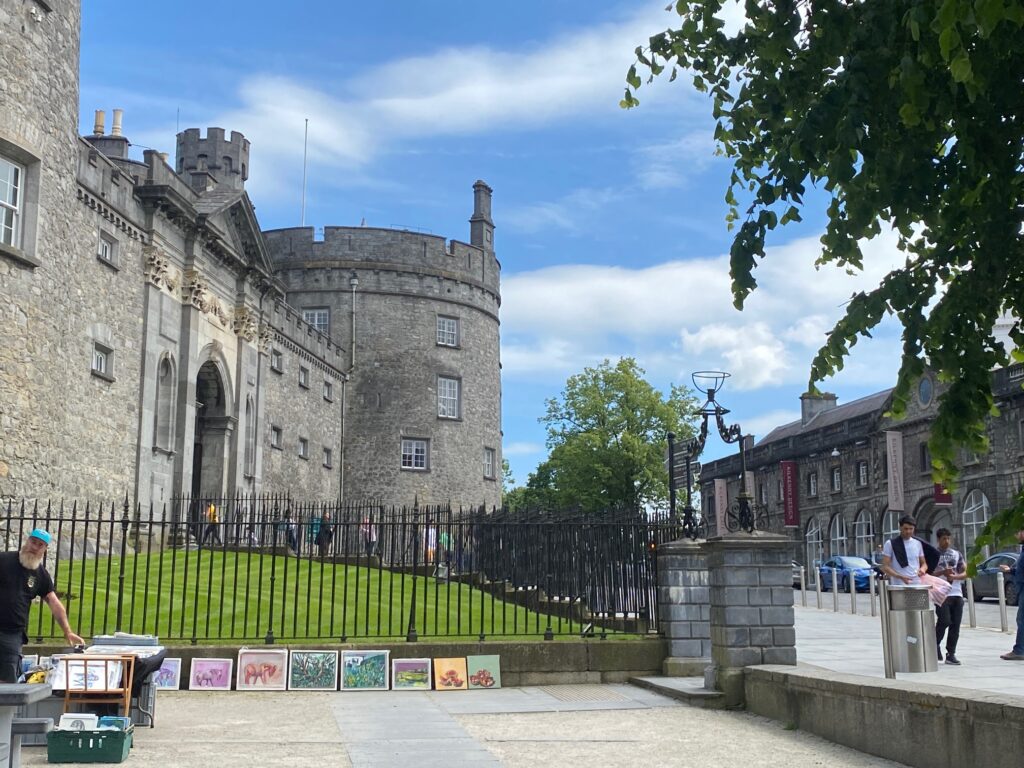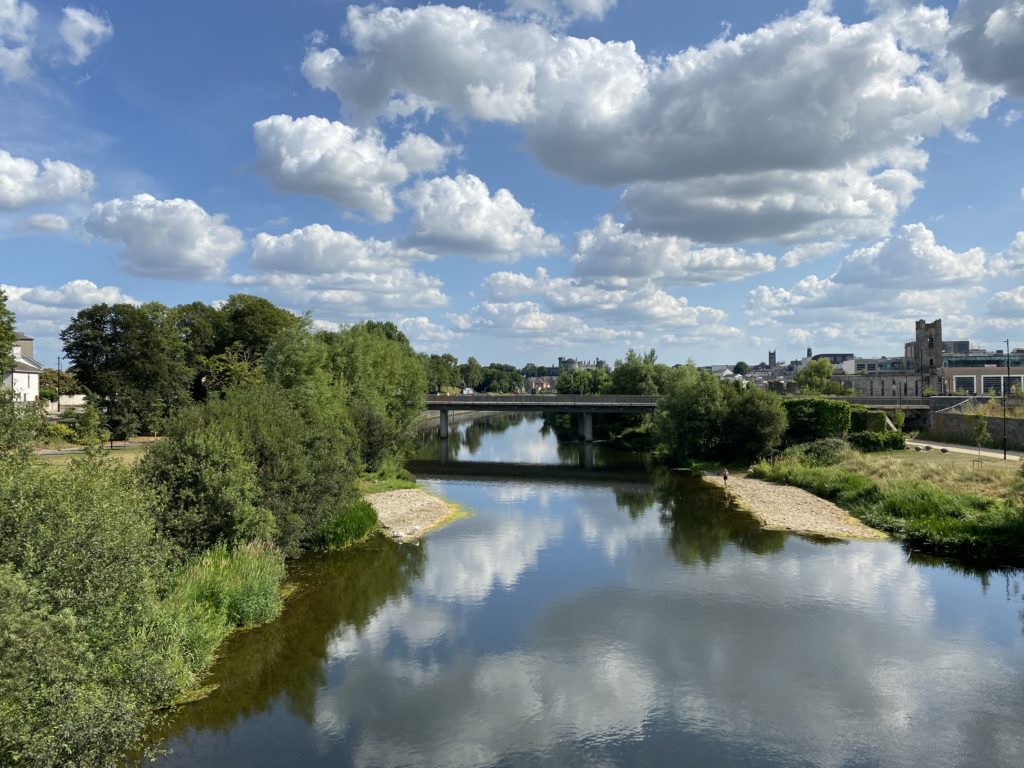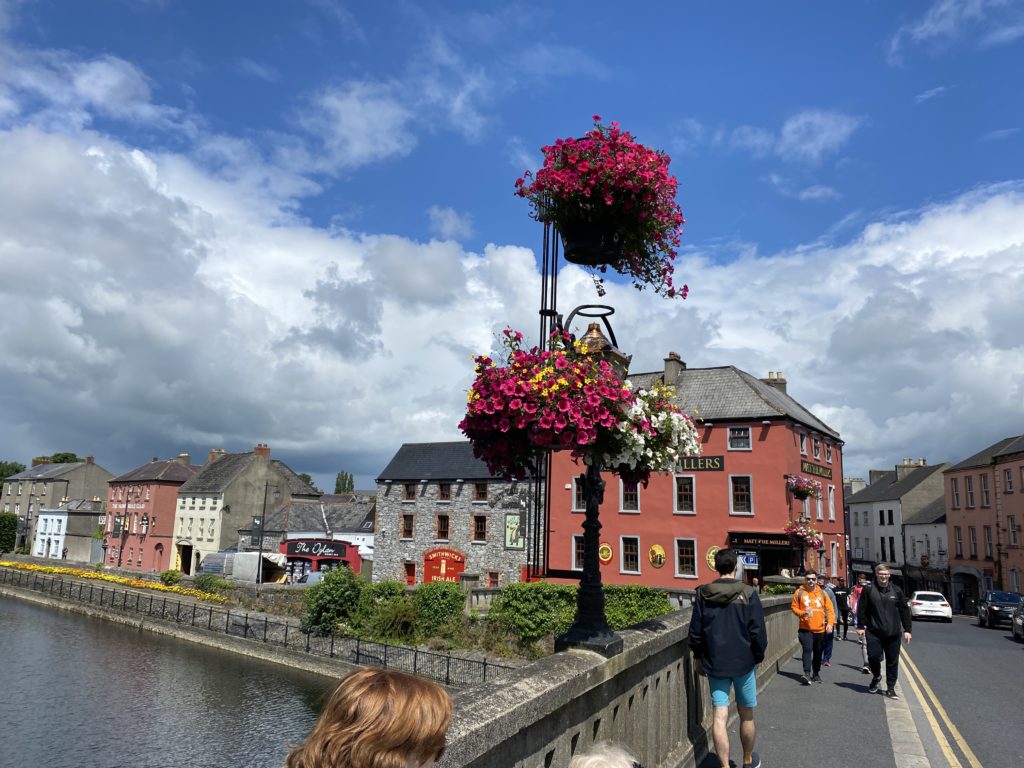Celebration of National Biodiversity week in Kilkenny
The 24 hour Bioblitz aims to bring budding environmentalists together and led by experts and specialists groups to identify and record as many species as possible within the diverse habitats of Kilkenny’s Castle park and the Canal..

There will be a small stream citizen science species identification work shop on Friday afternoon on the canal at the whitewashed well . There will also be a tour and identification talks about the very healthy range of flora that grows on the Canal and Castles and also on the rivers habitat flora.
Also on Friday after noon there will be a guided walk and talk about the Castle parks habitats and trees and they are now being managed in the face of the Biodiversity and Climate Change Crisis.
After Tea there will be the validation of records and the all important species count which will be followed by a Dusk Chorus and much anticipated Bat identification walk at 8.45. Moth trap setting woll also be happening in the background. Due to a large anticipated demand numbers will be restricted and booking will be through eventbrite.
Saturday Morning starts of very early for the Dawn CHORUS which is not to be missed and meet up will be at the Castle gates at 4.30am.
Following Dawn Chorus identification and recording the Moth traps will be collected and brought back to the Medieval Room for identification.
After Breakfast there will be a grass land and wildflower identification walk which will be followed by a Wild Life Safari identifying pollinators and all sorts of species.
The event will Finish up after lunch which is from 1-2pm and will be followed by lat call for records between 2-3pm when our Bioblitz ends.
It is hoped that we might be vised by local or visiting ecologists and recorders who might drop in and help spot any gaps.
Bioblitz events enable participants to learn about different types of plants, animals and insects in their local environment. This can help to increase awareness of the importance of biodiversity in the local area.
This bioblitz event will encourage members of the local community and other community’s to get involved in the management and improvement of their local environment.
It will also help to gather important data on the local environment, which can be used to inform future conservation efforts.
The Bioblitz events will be a fun and educational activity for people of all ages. They can help to promote a sense of community and encourage people to get involved in environmental projects.
This event aimsto support local biodiversity by identifying areas that need special attention or protection. This can help to improve the environment for wildlife and plants in the local area.
for further information email mail@keepkilkennybeautiful.com
Www.keepkilkennybeautiful.com
24 Hour Bioblitz
Friday & Saturday26th/27 May
Kilkenny Castle Park and The Canal
Friday 26th
Castle Park
3.00 pm Launch at Medieval Room
3.30 pm Woodland Walk to River.
4.00 pm Tree Walk, talk and Identification with Colm Mangan.
The Canal
3.30 – 5.30 pm Small Stream Citizen Science. Kick Sampling and invertebrate identification and other flora and fauna identification and recording.
6.00pm Dinner Break.
7.30 pm Validation of records
8.45 pm Dusk Chorus and Bat Walk. (Eventbrite)
11.00 pm Close
Saturday 27th
4.30 am Dawn Chorus.
6.00 am Moth Trap collection and Identification.
7.30 am Moth release and Breakfast.
9.00am. Record Validation.
9.30am Grassland species identification and recording.
11.30am Wild Life Safari.
1.00pm Lunch
2.00 pm Last Call for Records.
3.00pm Close and de-brief.












































